Extrusion Process begins by heating the stock material (for hot or warm extrusion). It is then loaded into the container in the press. A dummy block is placed behind it where the ram then presses on the material to push it out of the die. Afterward the extrusion is stretched in order to straighten it. If better properties are required then it may be heat treated or cold worked.[2]
The extrusion ratio is defined as the starting cross-sectional area divided by the cross-sectional area of the final extrusion. One of the main advantages of the extrusion process is that this ratio can be very large while still producing quality parts.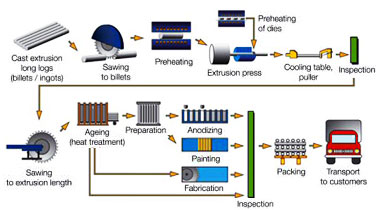
Extrusion is the process which is used to manufacture long as well as straight metal parts. In other words, extrusion process is used for the development of such objects that have a cross-sectional profile, which is fixed. With the use of extrusion process, the cross-sections can be made in a number of shapes such as solid round, T shapes, rectangular, Tubes, L shapes, etc. Basically, in the extrusion process the metal is squeezed in a die with the use of hydraulic or mechanical press.
A Brief History
First extrusion process was patented in 1797 by Joseph Bramah, for the development of lead pipe. This process involved two steps, first in which metal was preheated and the second step was to force the heated metal through a die through a plunger that was hand driven. In the year 1820, Thomas Burr acquired success in constructing the hydraulic powered press, which was first of its type. Till this time, extrusion process was known as squirting. In the year 1894, Alexander Dick gained success in expanding the extrusion process to the brass and copper alloys.
Features And Benefits of Extrusion Process
Extrusion process provides a number of benefits over the other production processes. One of these benefits is the ability of extrusion to create extremely complex cross-sections as well as work materials, which are frangible as the material encounters only the shear and compressive stresses. Its another benefit is that with the use of best Extrusion Equipments or Extrusion Machines, such parts can be created that have an exceptional surface finish.
Till date, many Extrusion Machines have been developed and used to create objects having cross-sectional profile. The features of the Extrusion Process are tabulated below:
|
Some General Points Of Extrusion Process
- Extrusion can be semi-continuous (creating a number of pieces) or continuous (theoretically creating indefinitely long material)
- Extrusion process can be done with the hot material or cold material
- Metals, concrete, polymers, ceramics and foodstuffs are the material that can be commonly extruded
- Extrusion ratio may be extremely large along with the development of qualitative parts
- Extrusion process is of three types:
- Hot Extrusion
- Cold Extrusion
- Warm Extrusion
- Extrusion Defects
|

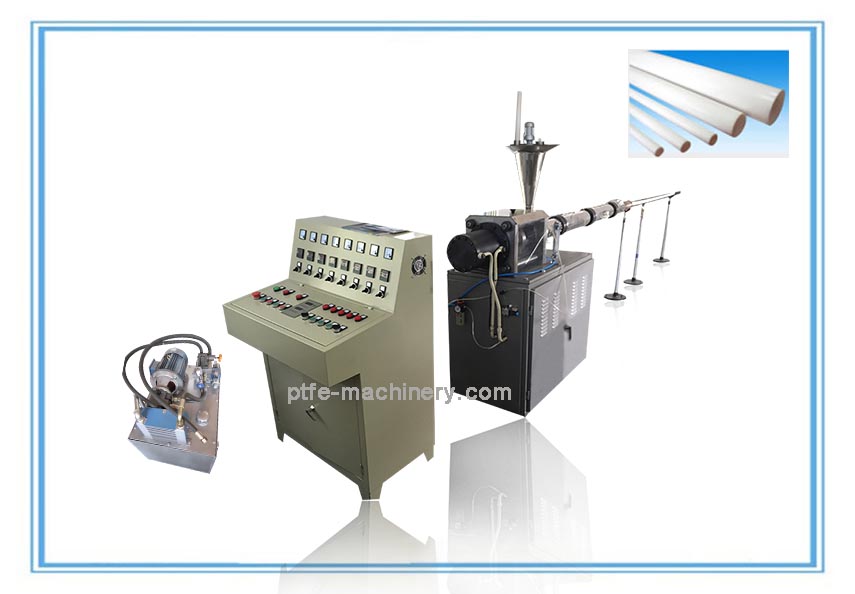
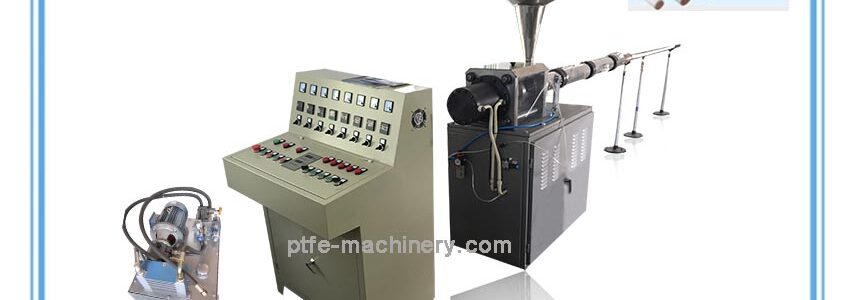
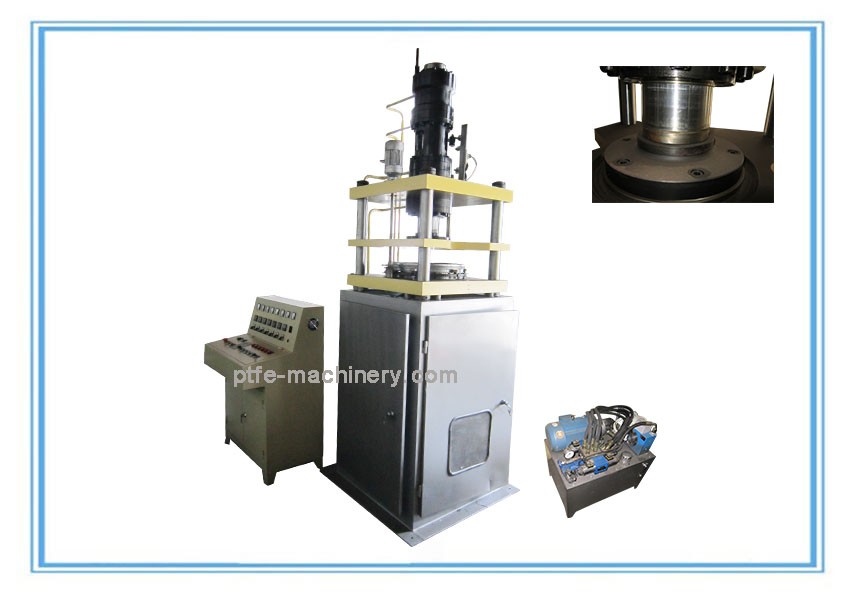
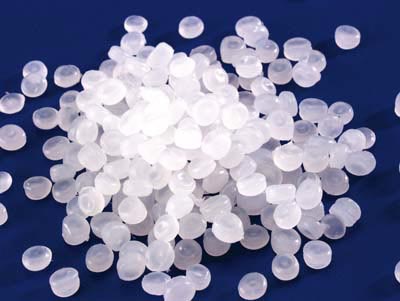
Enthusiasm and desire can break through all difficulties
The wire saw is broken and the water drops are worn